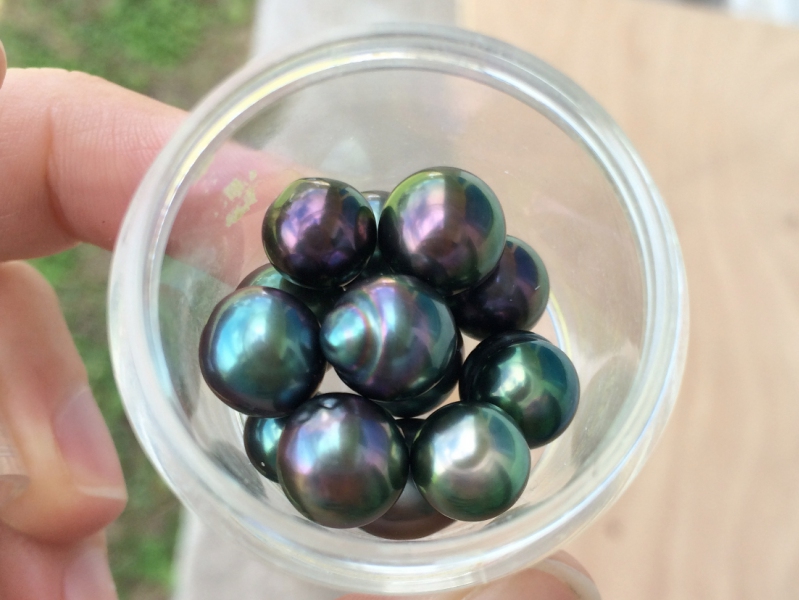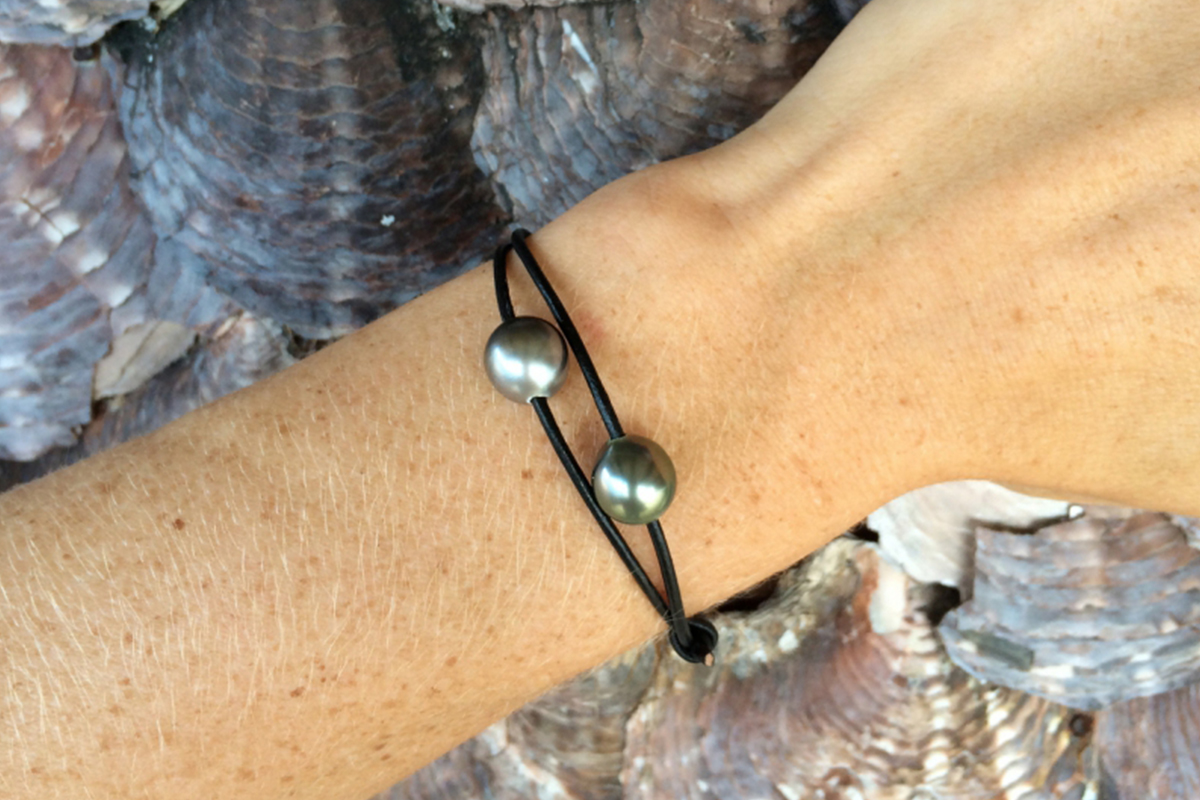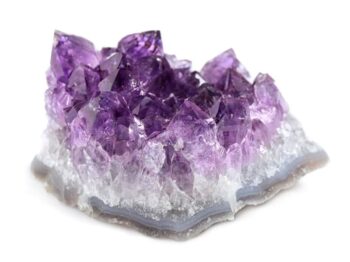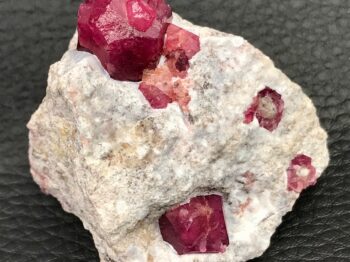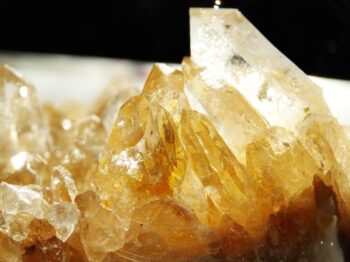Pearls are harder than stones to grade because the characteristics are very different. If you don’t know them, you can’t guess. Tahitian pearls are considered to be the one of the finest gems in the world.
Always keep in mind the 5 S’ of the pearls which are similar to the 4 C’s of the diamonds: SHINE- SHADE- SURFACE- SHAPE- SIZE and COLOR
– The shine or luster – graded from A- to AAA, is the glow of the pearl and how light reflects on it.
– The shade or orient is one of the most important criteria to value a pearl. The nuances express the variety of colors changing on the pearl depending on the light angle.
– The surface of the pearl can be marked by many tiny notches or irregularities altering how smooth the surface of the pearl is. The surface combined to the orient are what makes pearls so unique.
– The shape of a pearl depends on a variety of factors, yet, there hasn’t been a technical explication regarding why a pearl has a drop or round shape.
Considering that a pearl is a living element, the logical explanation is that the pearl grows depending on how the nucleous and graft are inserted in the oyster muscle. Just like a baby in the tummy.
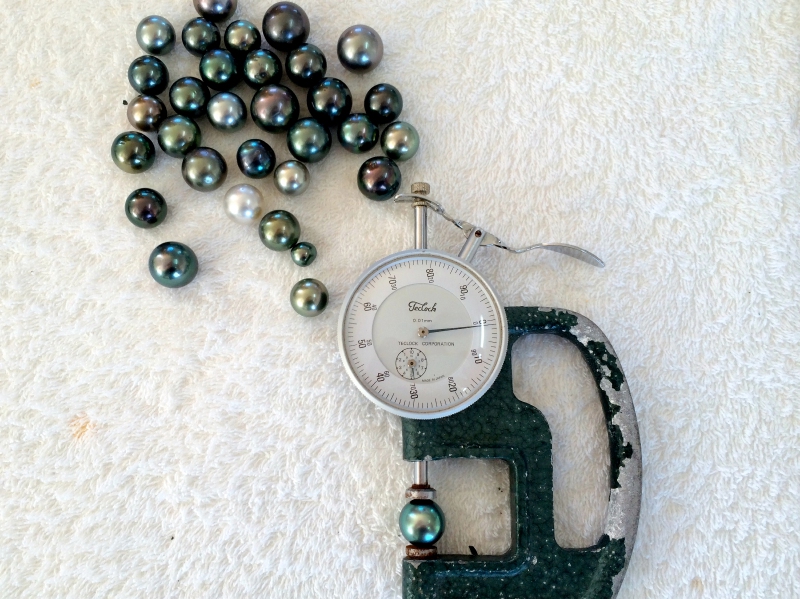
Perfectly round pearls are the rarest and most expensive. The pearl shapes vary from:
Round – Off-Round – Button – Drop- Baroque – Off-Baroque – Ringed
– The size of a first grafted pearl has generally a diameter between 8 and 10 mm. Bigger pearls come from following grafts.
And not to forget, the color. Despite their names, Tahitian black pearls aren’t necessary black. The name was given in simple oppotion to white pearls, Japanese pearls.
Peacock, green, Turquoise, Amber … Despite their name, cultured black pearls are not necessarily all dark in colour. Although the Tahitian pearls are characterized by dark base colours of black or dark grey, they appear in a variety of shades from shimmering pale ‘moon grey’ through to the most dazzling shades of cherry, peacock blue and green, Tahitian gold, silver and copper. The shade of each pearl is an important component in judging its value, as well as being one of personal taste.
